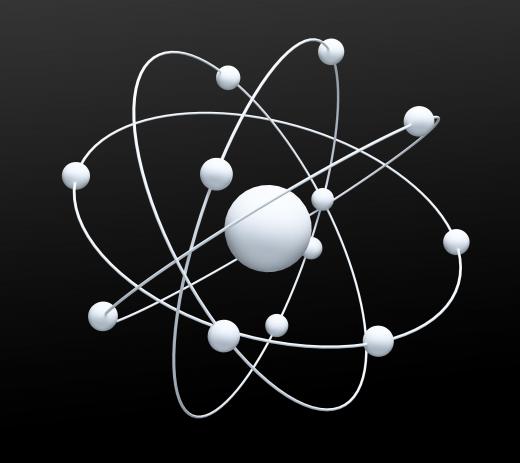What Is a Zwitterion?
An ion is an atom or molecule with a positive or negative electrical charge. A zwitterion is a molecule with both positive and negative charges, but with a net charge of zero. Atoms are composed of positively charged subatomic particles called protons, negatively charged electrons, and neutral particles called neutrons. When the number of protons is not equal to the number of electrons, an atom will have a positive or negative charge. Negatively charged atoms or molecules are called anions, whereas positively charged atoms and molecules are known as cations.
Acids and bases may exist as ions or as uncharged molecules, but at neutral pH levels, they are ions. Most zwitterions are ampholytes — molecules that contain both acidic and basic groups. Amino acids are a classic example; they have both groups in a single molecule, but because both are charged at neutral pH, the net charge of the amino acid will be zero.

Because of its electrical charges, a zwitterion will be highly soluble in water and quite insoluble in organic solvents. Water molecules are polar because of the electrical differences between the hydrogen and oxygen molecules; that is, the oxygen atoms in water are attracted to cations and the hydrogen atoms in water are attracted to anions. When a zwitterion is dissolved in water, the hydrogen atoms in water immediately surround the negatively charged group and the oxygen atoms in water immediately surround the positively charged group, thereby thoroughly dissolving it.
In addition to amino acids, some other common types of these molecules are buffers, detergents, and drugs. The fact that they are soluble in water is what makes them so useful. When a zwitterion is stored in solid, dry form, for example in a pill, it will be in the form of a neutral molecule or a salt. When it is eaten or placed in water, it takes on its ionic, or charged form, and dissolves.
While it is true that most amino acids are neutral in charge, it is important to note that some have a third charged group, giving them an overall positive or negative charge. For this reason, proteins, which are composed of amino acids, generally have a net negative or net positive charge.
AS FEATURED ON:
AS FEATURED ON:











Discussion Comments
@Proxy414, since "transsexual" is a fairly new term, it is necessary that the word for it would have come from somewhere else. To call a transsexual a hybrid means that it is sort of a new or unusual type of sexuality; while not exactly true, it at least makes sense that German would take that leap linguistically; not unlike English using "trans", which is from the Latin for "opposite".
In short, those terms almost always originate from an older part of the language.
This seems to be a strange name. "Zwitter" is the German word for a transsexual. These ions are not changing gender, just charge.
Post your comments